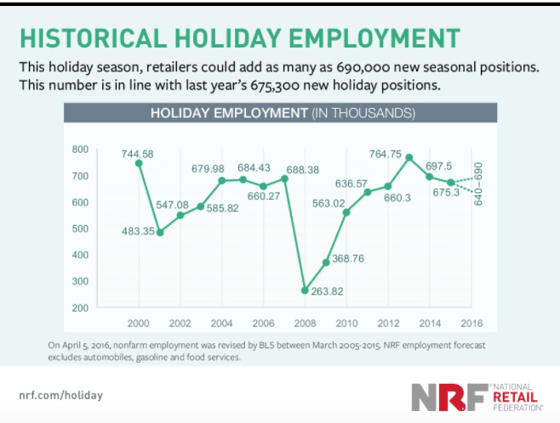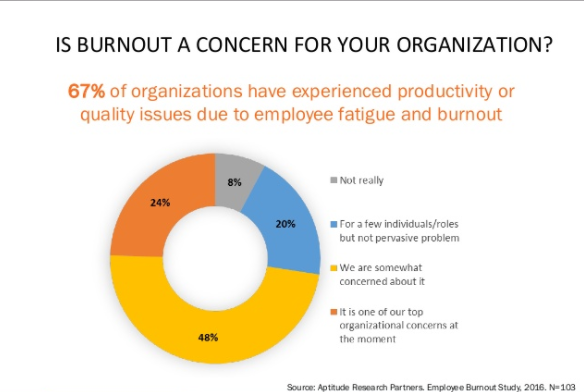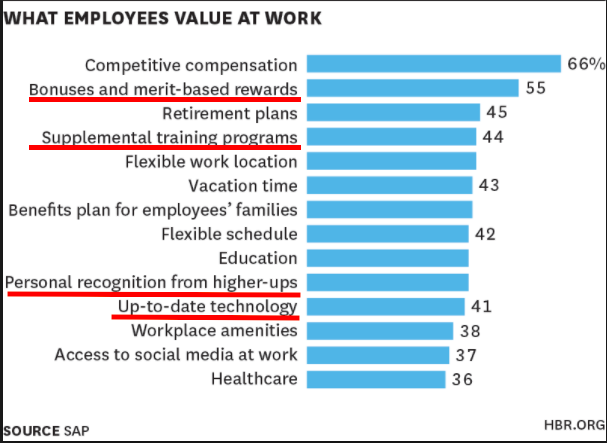Seasonal workforces and seasonal employees are limited time contract workers that are significantly influenced by seasonal factors such as holidays, accounting periods, and even climate considerations.
In retail alone, it is predicted that companies will hire between 640,000 and 690,000 seasonal employees to help fill growing holiday sales and customer service demand. Companies have a short window to onboard and make these employees effective team members.
.jpg?width=704&name=1200x627%20(5).jpg)

Below are proven strategies that can help build a motivated seasonal workforce:
1. Start by Training Hiring Managers
The concept of lead by example is directly applicable to managers with direct authority over seasonal employees. In fact, Gallup research found that over 70% of variance in employee engagement is tied directly to a manager. The same study found that seasonal pressure can often make managers tired, stressed, and feeling out of control of the situation. A recent survey by Aptitude research found that 67% of organizations cite burnout as a concern.

Managerial burnout often trickles down to seasonal employees who adopt the same feelings over time. Seasonal burnout is particularly challenging when seasonal employees work directly with permanent staff. The risk of losing control can be catastrophic across an organization as feelings of anxiety and stress spread. Thankfully, being well prepared and trained can help prevent this from happening.
To ensure a top-down strategy that works, managers can try a few of these recommendations:
- Treat your seasonal workforcewith the same respect and trust as permanent employees
- Instill an infectious positive attitude and general enthusiasm for the work
- Communicate the value that seasonal employees bring
- Offer ongoing feedback and direct seasonal training more often than usual
- Drive the concept of teamwork through short meetings and activities
From a training perspective, managers should receive additional seasonal training that is independent of normal onboarding and continued training. Ideally, this training should prepare managers to better create a favorable seasonal work environment and workforce.
2. Reward Top Performers
It should go without question that seasonal employees should be paid a fair rate with proper temporary benefits in place. In 2015, Payscale found that average seasonal employee wages averaged $15.37 per hour – a premium per hour due to a guarantee of less hours compared to full-time employees.
When measuring seasonal employee training and development, take note of the top performers and reward them for their hard work. By doing so, great employees will be more likely to return for future assignments and help recruit other motivated people. In fact, in 2016 it was estimated that 67% of seasonal hires were hired from the previous year’s batch.
It is important to note that most if not every seasonal employee will start and likely keep the same pay rate, but can be rewarded with other non-monetary incentives.

Other ways to show appreciation and drive engagement for top performers include:
- Provide new challenges and expand job responsibilities
- Offer first-choice of position or role during the next seasonal opportunity
- Welcome their ideas or suggestions in the workplace
- Try to establish a mentor mentality and help where needed or requested
- Reward them with discounts or gift cards depending on the company

Despite popular belief, seasonal jobs can be tailored to include incentivized rewards. Opening up the feedback loop and dialogue between managers and employees will help define this process and at least present opportunities that can encourage higher engagement levels. For racking performance, look to add a gamified application or after-hours game that can be used to collect data and feedback from seasonal employees.
3. Make Employee Training a Key Focus
Historically, retail and seasonal jobs are known to be lackluster for employee training. The Muse, a leading career development website, reported that the basic job training a seasonal employee receives during his or her first day is often times their last training.
Employers can change this perception and instill a lasting onboarding impression by formulating a defined seasonal training program that balances time with technology. Matt Heller, consultant and author of “The Myth of the Employee Burnout”, recommends using spaced training as opposed to front-loading training into a seasonal employee’s first day.
By packing training into the first day, seasonal employees are left with little personal development to look forward to. Additionally, information retention levels will be drastically lower when cramming. Spaced training and learning involves breaking down the training information into smaller pieces that can be consumed over time at an employee’s leisure.
To promote spaced training, employers of seasonal workforces can easily use mobile training applications to begin the onboarding process before a seasonal employee’s first day, as well as track performance to reward top performers.
Beyond spaced training, employers should also explore pairing seasonal employees with full-time employees to help create a bond and shorten the learning curve.






-1.jpg)
.jpg)

